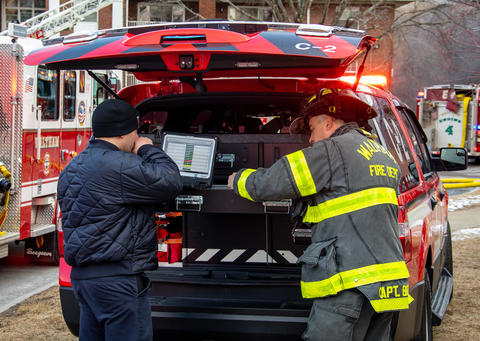
Nowadays, when trouble strikes, people don’t always call 911. Instead, they sometimes turn to a more familiar communications platform. On Social Media Day, let’s take a look at the influx of info that America’s first responders need to navigate.
Social media posts could be a valuable source of real-time information for first responders and disaster management organizations, but so many appear moment by moment that it’s hard to keep up. And seconds count. When someone needs help, fire departments and ambulance crews need to know what the problem is and where to go ASAP.
One answer is to use artificial intelligence (AI) to help with the search. Just as a person needs training for a new job, an AI needs training to distinguish posts relevant to public safety from the rest.
To help, NIST specialists joined forces from two fields: analytics for public safety and text retrieval (search engines). They created a track in 2018 for NIST’s Text Retrieval Conference (TREC) to support research in AI technology for emergency response.
That TREC track focused on understanding how to automatically filter tweets by emergency topic and categorize each tweet according to what kind of response would be required, as well as assess the criticality/urgency of the posts. Since then, the project has evolved into a new collaboration with the University of Glasgow to summarize emergency events using clusters of posts from different social media sources.
Follow us on social media for more like this from all across NIST!

